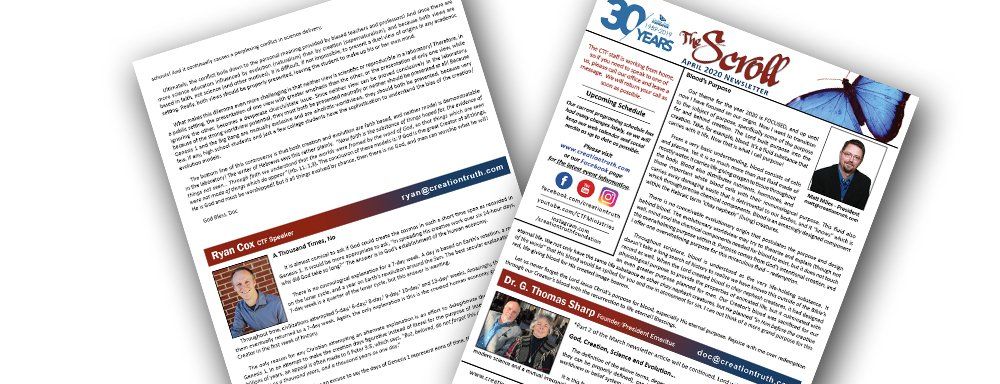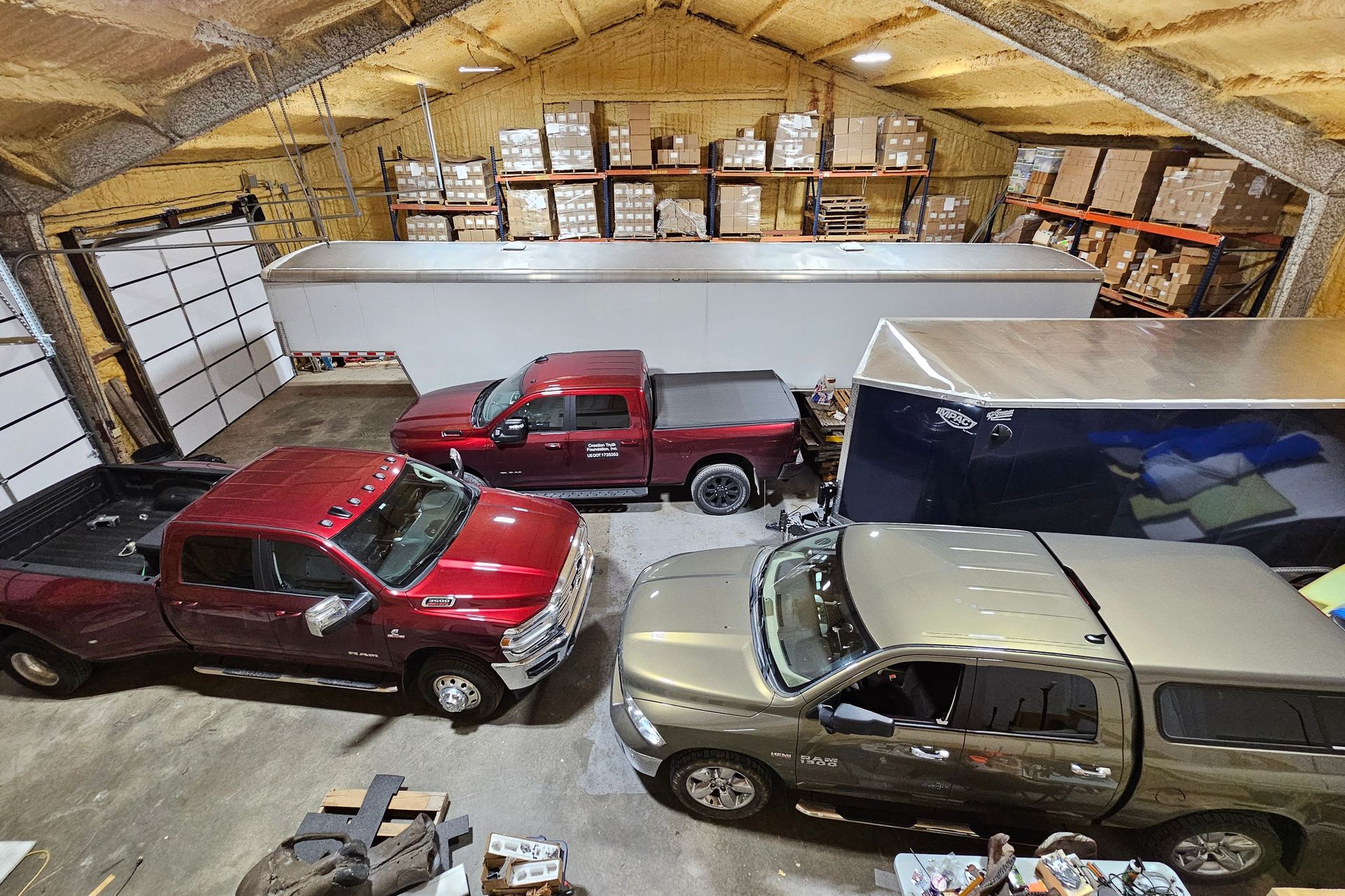The Christian Sanctuary
Recently I read an article by longtime preacher and teacher Philip L. Young. It was thought provoking as it challenges one to properly assess and handle the specific words of scripture in reverence of God’s Word. I called and asked him permission to republish it here, for which he graciously approved.
Frequently Christians are heard to speak of the beauty, cost, or furnishings of the “sanctuary” of their church building. May we suggest that such usage is fit only for darker times, when superstition governed men’s minds of scripture. Let us be direct and see in what sense the word is used in the Bible.
It is found in the Old Testament 96 times. Of these it is once used in a poetic way to refer to Judah as God’s habitation (Psalm 114:2). Twice it refers to God Himself as the sanctifying protection of His people (Isa. 8:14 and Ezek. 11:16). Every other time it refers directly to the Tabernacle of Moses or the Temple in Jerusalem. The word appears in the New Testament only four times, all in the book of Hebrews (8:2, 9:1,2, 13:11), and each of these times the exclusive application is to the earthly house in which God’s Spirit dwelt ! Note we have used the past tense.
In giving the command to build that house, God said, “ Let them make me a sanctuary; that I MAY DWELL AMONG THEM ” (Ex. 25:8). And again, “ There I will meet with thee, and I will commune with thee from above the mercy seat ” (Ex. 25:22). Let those who think to call a church-house a sanctuary produce one passage of scripture that even suggests that God dwells in a meeting-house today in the same way that He dwelt in the Holy Place under the old covenant. On the contrary, Luke writes, “ God that made the world and all things therein, seeing that He is Lord of heaven and earth, DWELLETH NOT IN TEMPLES MADE WITH HANDS ” (Acts 17:24). Stephen, in his defense before the Jews said almost the same, and indeed the whole tenor of the New Testament writings agrees.
The Christian sanctuary, therefore, is radically different from the Jewish sanctuary. Those who would mingle or confuse the two are actually casting a shadow over some of the clearest teachings of the new covenant system. Jesus Christ, who promised to be with us always , is our High Priest! Our alter of prayer is wherever we are when we feel the need or occasion for talking with God! Our place of sacrifice was at the Cross of Calvary – our Lamb was Jesus Himself – our laver is any chosen body of water sufficient for the immersing of penitent believers into Christ. Our sacred pulpit can be a table or a stump, just so men and women there-around assembled to learn of Christ. Assemble these all together in a building if you wish, but do not misname it. It is no more sanctuary than the cottage where a prayer band assembles, or a school-house used for an evangelistic meeting, or a convention of God’s people in a barn. God now swells IN REDEEMED SAINTS who sanctify any gather place. THE PEOPLE AND NOT THE PLACE DETERMINE WHETHER GOD IS THERE.
In point of fact, God does not now abide in any building, even when the saints are assembled there. He abides in the saints themselves, temples not made with hands. So can we, with God’s approval, now give a building a solemn regard, a sacred atmosphere, a sense of awe, AS A BUILDING, without some consequences?
NO, WE MAY NOT! To give things sanctity is to invite superstition. The world would never have had to endure the spectacle of seeing men bow down before and genuflect to a carved crucifix if at some time in the dark ages after the Apostolic period someone had not given sanctity to a wooden cross!
I once visited the huge St. Louis Catholic cathedral. A young priest who showed us through the building, led us to the steps of the High Altar, but would allow us to go no further. For, said he, the part behind this railing is dedicated as the SANCTUARY and the unordained cannot go there except by special dispensation. The he pointed out the place under the crucifix where the “Spirit of God dwells.”
If what he had said were true, then he rightly named the place, for this is what a sanctuary is. But, of course, what he said is not true. God does not live in a house that men build, but rather in the temple of Christian hearts. The Apostle Paul writes: “ Know ye not, that ye are the temple of God, and that the Spirit of God dwells in you? …the temple of God is holy, which temple ye are ” (I Cor. 3:16, 17).
God making His abode in a unique sense in a building of human construction was true only during the OLD COVENANT times, but we live under the terms of an entirely NEW COVENANT. Why otherwise did Jesus tell the Samaritan woman at the well that the time was coming when men would no longer worship God on Mt. Zion in Jerusalem? When He spoke these words, the Holy Place was still holy and men still had to journey to Zion to be assured they were near God. But if Jesus’ words were true, then the time came when this was not so.
That time is now. No longer in a building, no longer at a certain mountain, or in a certain valley or city. Now we may call upon Him for He is near. He dwells within us in the SANCTUARY OF THE HEART and there is no other.
It is suggested that one of Webster’s definitions for “sanctuary” is “the room in which general worship services are held; a place of worship” and that this is the sense in which many people use the term. We grant that this is true, but IS IT RIGHT? Is it right to use a biblical word in an unbiblical sense? We think not. Dictionaries give current usage, not correct original definitions.
Neither can the modern thought of a sanctuary be made to match the biblical thought of the dwelling place of God. For God does not dwell in places, but in people! Not in houses, but in hearts! To suggest otherwise is to walk backwards into Old Testament concepts, rather than forward into New Testament truths.
Let us approach the question another way. If a church-house is a sanctuary, in what way is it better than any other building? If you say it is better because God lives in it, then you deny the scriptures. On the other hand, if you say it is not any better, you indict yourself if you call it a sanctuary, for that holy term is reserved for the actual dwelling place of the Lord, in Bible usage.
Ah, but some are saying, “we just think it is good to call the church building the House of God, to be entered into reverently, to be worshiped in, to pray in, to baptize in, to marry in, to bury in, and so-forth in”. Would those who think so kindly tell us how then the early church existed without them for 250 years? In that time when the gospel was the purest, when religion was the least corrupted, and the church most successful, they did not have them ! We do not contend that we cannot have meeting places and still be faithful, but we do question how, if the building be what the “sanctuary” advocates claim it is, how the early church succeeded without them?
So, brethren, we are brought to the only right conclusion. The CHURCH-HOUSE is exactly that, only that, and nothing more. It is the shell to which the “body” comes, for stated meetings. It is the house in which the “living stones” assemble.
Therefore, whatever is out of order for Christians anywhere is out of order in the church-house or auditorium. But contrariwise, whatever is orderly and decent for Christians elsewhere is orderly and decent in the church-house as well. Is it not foolish sentiment to say that as a body or corporately the church may do thus and so in the basement or at a rented hall or in a home but it dare not desecrate the sanctity of the auditorium for the same thus and so?
Where the brethren assemble in the name of Christ, there the church is. Of course occasions differ – sometimes we are playing, sometimes we are studying, sometimes we are attending to the appointed institutions of public worship – the occasion itself should dictate the decorum of the hour, not the superstitious misunderstanding of the biblical doctrine of sanctity.
Nothing is more obnoxious than the lack of reverence and decorum when the church assembles for worship. BUT THE REVERENCE IS NOT BECAUSE OF THE PLACE BUT BECAUSE OF THE PURPOSE OF THE GATHERING – AND THE PERSON OF THE LORD IS PRESENT WITH US!!!
The seemly conduct of children and adults is important to public praise. Let there be a happy conversation and greetings among the people as they assemble, but when the hour of worship arrives as signaled by the leader, let a new mood settle over you. A mood which encourages the power of the Holy Spirit as He works through the message of the music and the prayers and the preaching. Let that propriety that governs our actions at any time in a public gathering govern us at the church building before and after the conducting of the service, but let real joy and awe govern us when the assembly is worshipping God.
Let us determine to leave Bible words in their places, not rend them from their settings nor mold them to our modern meanings, nor use them to describe our latest fads and fancies. Bible words have Bible meanings which should be respected and taught. God meant what He said. And He still does.
A correct speech will go a long way toward correct concepts and standards. We must learn the language of true Israel and not the dialect of Ashdod. Nor should we mix them to our ultimate confusion and ignorance. Let the words of our mouths and the meditations of our hearts be acceptable in His sight who is our Lord, our strength, and our Redeemer.
Philip L. Young
[Phil Young was a longtime preacher and teacher. He earned a master’s degree in church history from Lincoln Bible Institute and taught church history and archaeology for 7 years at St. Louis Christian College. Over 50 years, he led 16 trips to the lands of the Bible. On Sunday, Dec. 8, 2019, Phil completed 70 years, 8 ½ months of preaching as he passed away the following Friday, two days after I asked him permission to republish his article.]




